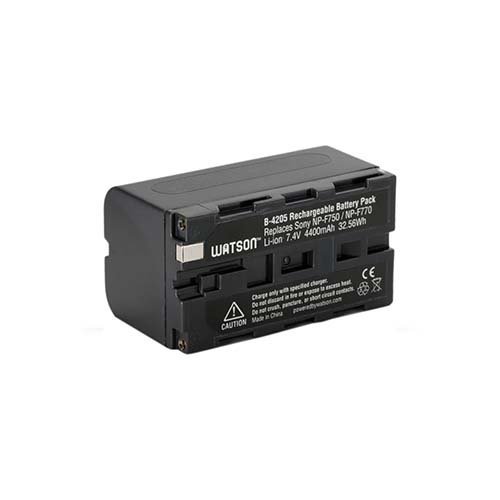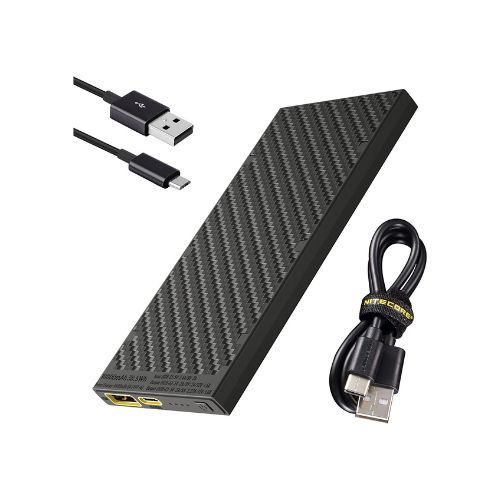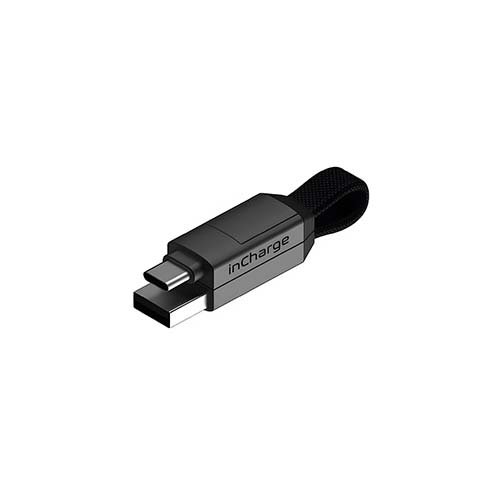Best Power Option For Zoom F6
As a dedicated field recordist who has relied on the Zoom F6 for years, I'm here to share my insights on the most reliable power sources for your recording adventures.
Best Power Option for Zoom F6
As a field recordist, I’ve learned that the best approach to power the Zoom F6 is the one that works best for me and my recording style.
For some field recordists, recording in one area for hours is ideal for capturing interesting overnight recordings. For others, hour-long sound walks through cities or forests are perfect for YouTube videos. But for me, I prefer a more fast-paced approach.
I love to move around quickly and capture a variety of different sounds and locations. That means I typically record for anywhere between 3 to 5 minutes (depending on the situation) and then head to a new destination – it could be a side street, a market, a train station, a harbor, or even a nearby waterfall.
By recording in this manner, I’ve been able to build a diverse library of high-quality sound effects that our clients can use for a variety of projects. Whether it’s for film, animation, or video games, I’ve found that my method works well for me and allows me to capture the sounds I want quickly and efficiently.
Pick the correct power for uninterrupted recordings
Choosing the best power option for Zoom F6 is crucial to ensuring seamless and uninterrupted recording sessions. After experimenting with different options, I have found that using 4x LADDA 2450 (IKEA) batteries has been the most reliable and efficient solution for me. When using mono or stereo microphones, I have been able to record for up to 4 to 5 hours without any issues, and I always carry an extra pack with me.
However, with the Rode NT-SF1, I realized that these batteries just weren’t cutting it anymore. The setup allowed me to only record on all four channels for 1 to 1.5 hours, which was far from enough. It was then that I realized it was time to upgrade my power source and find a more efficient solution to fuel my Zoom F6 but also the Sound Devices MixPre6ii and Sony PCM D100.








